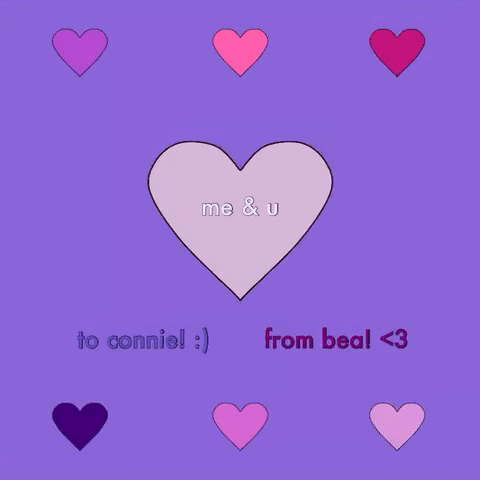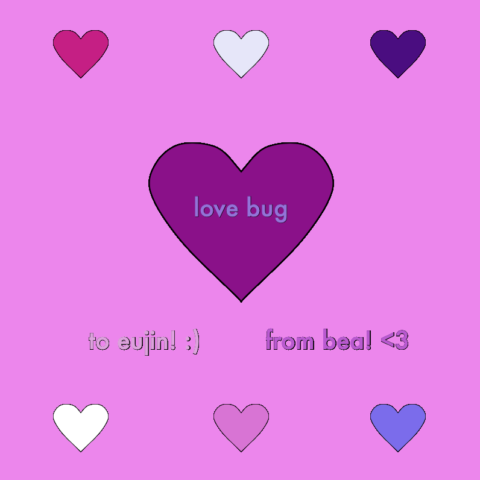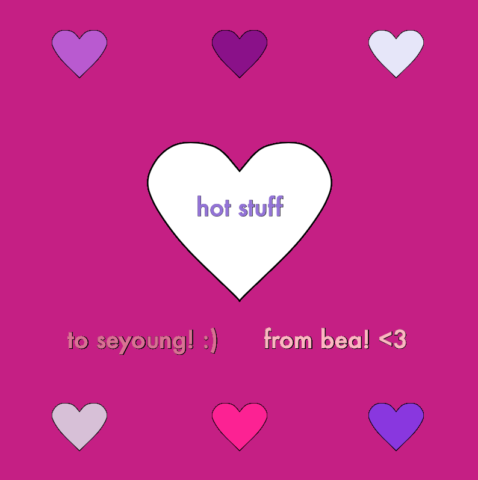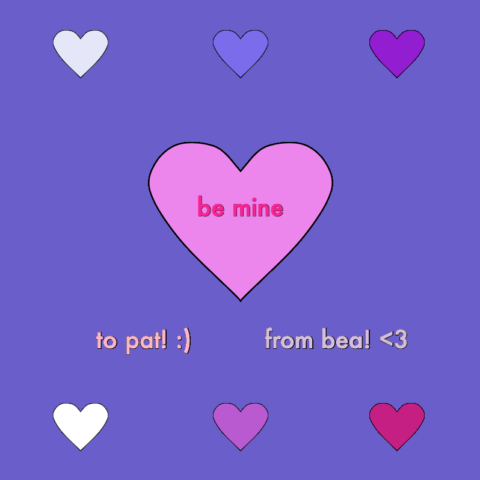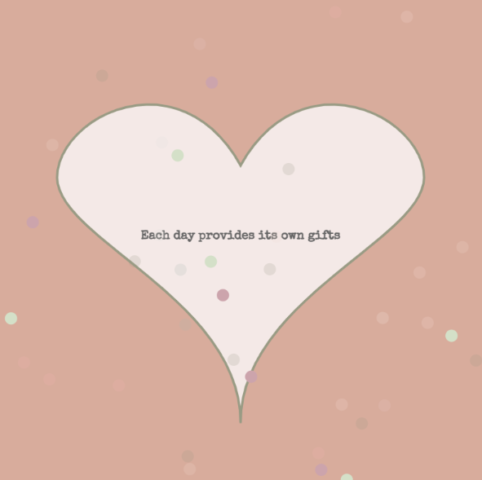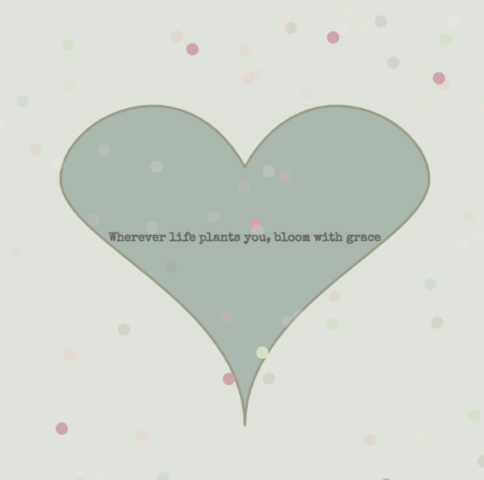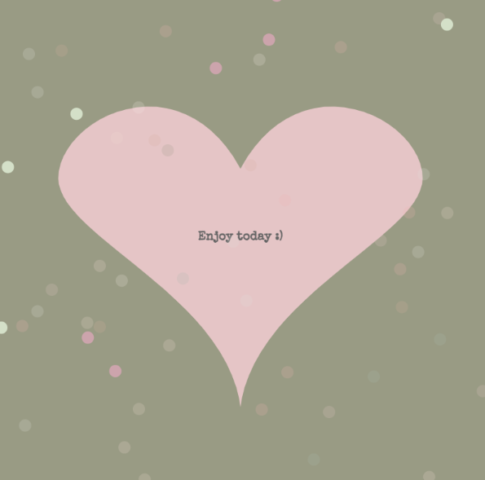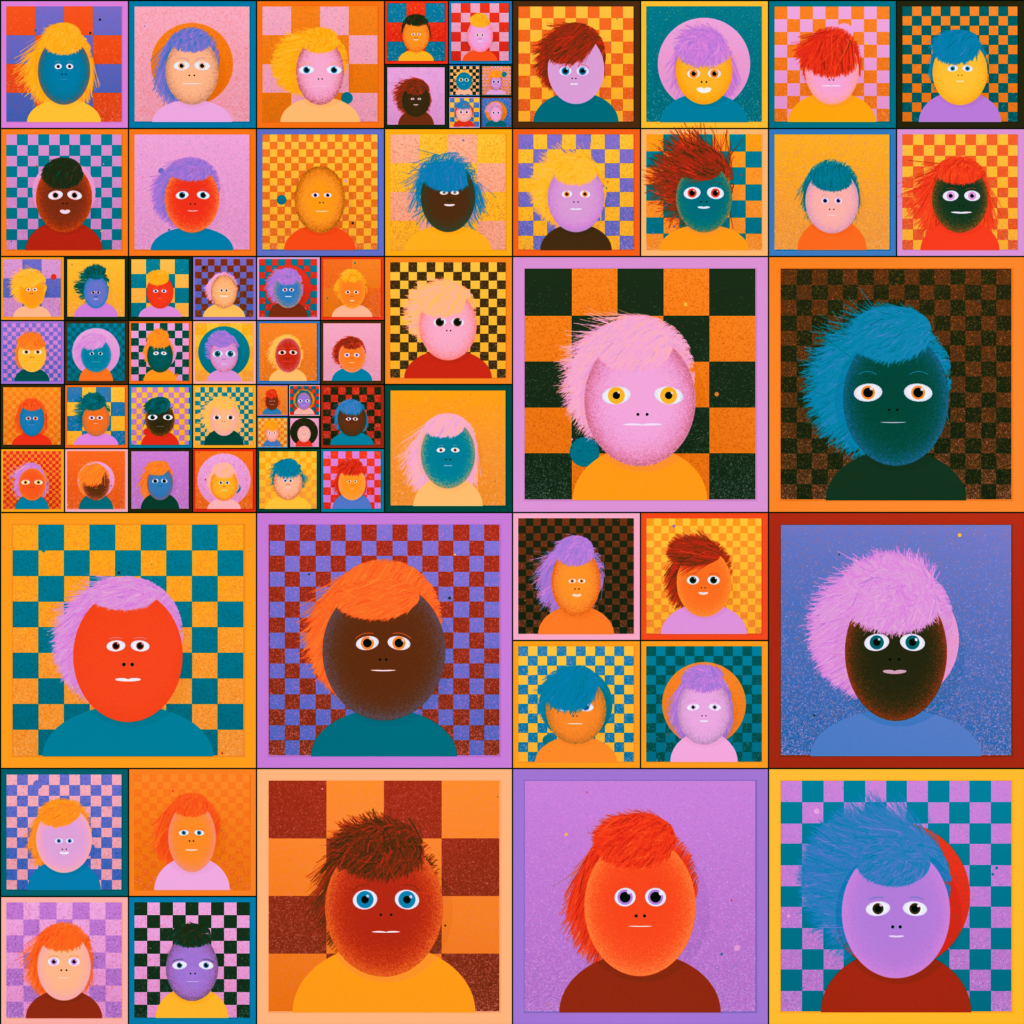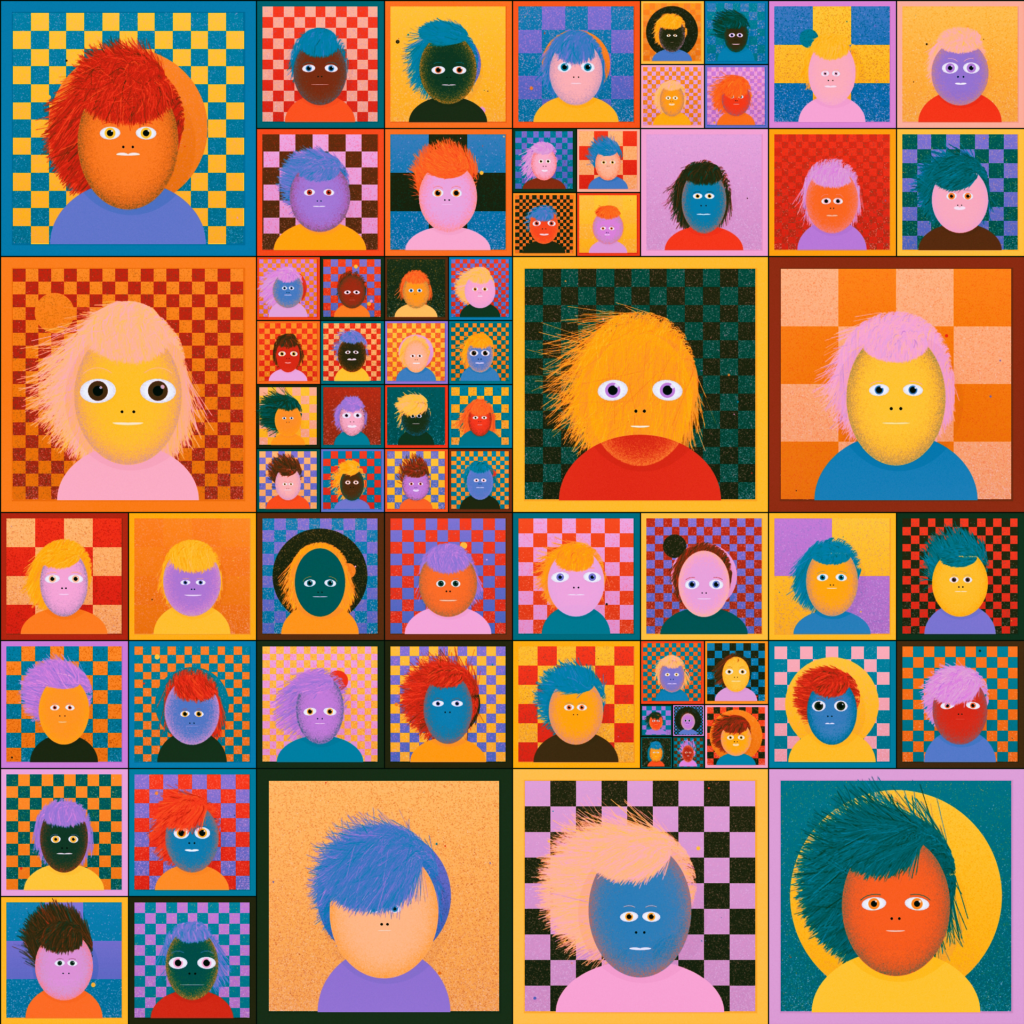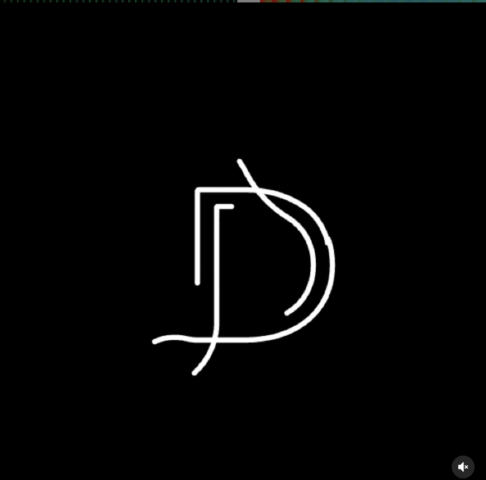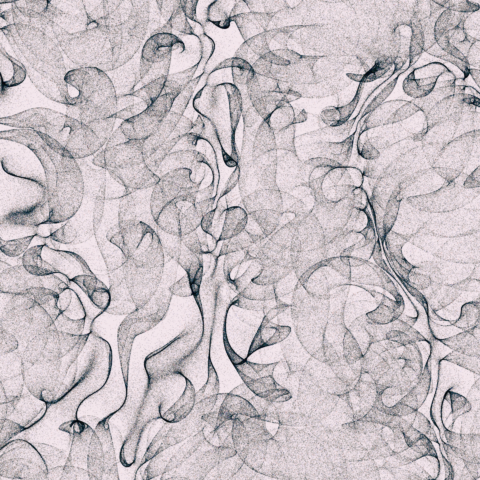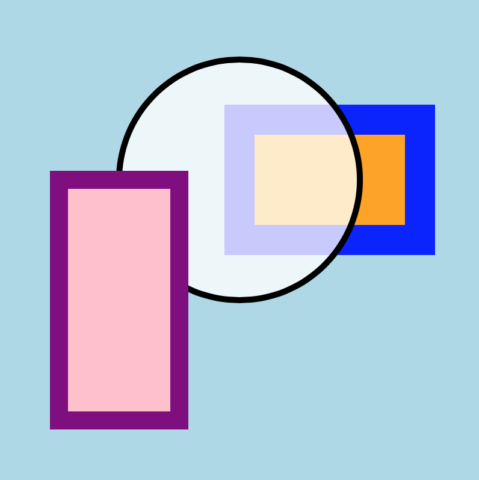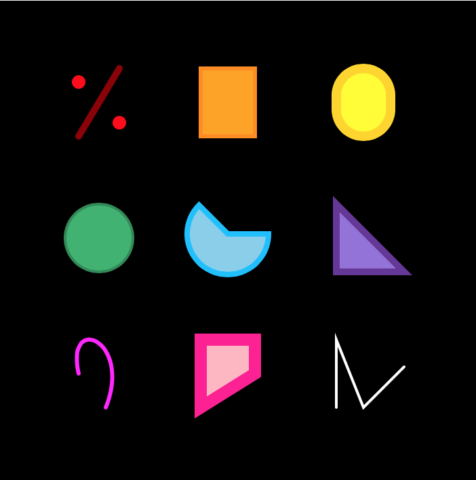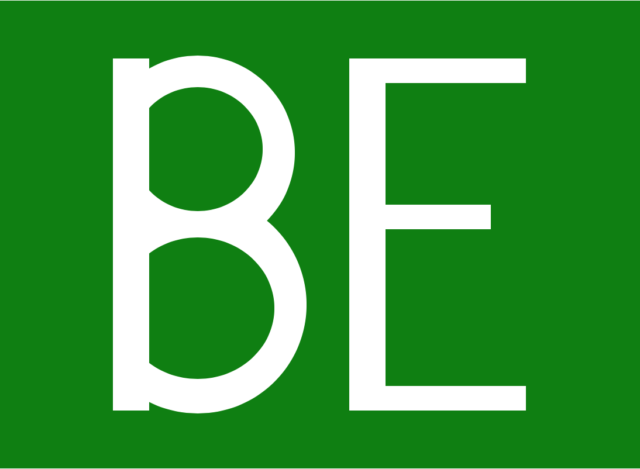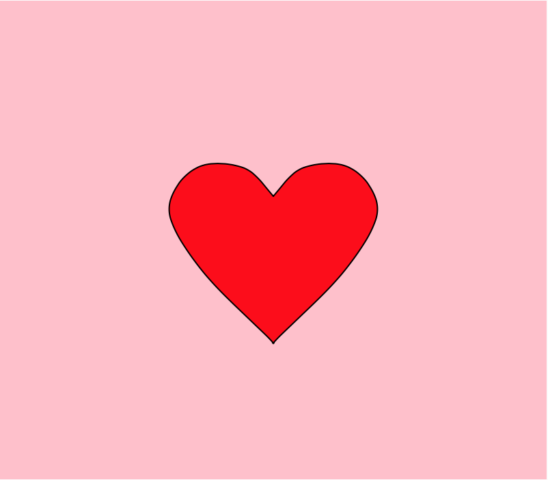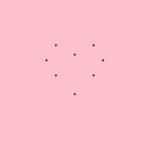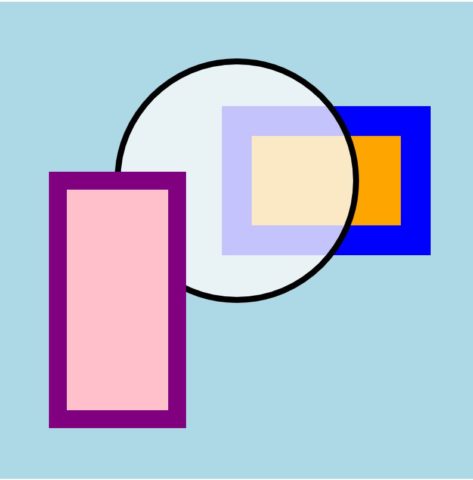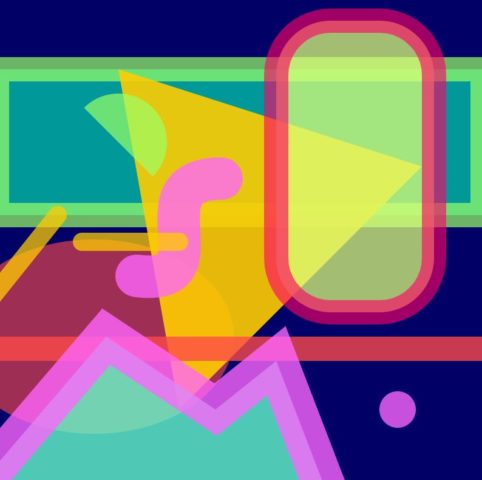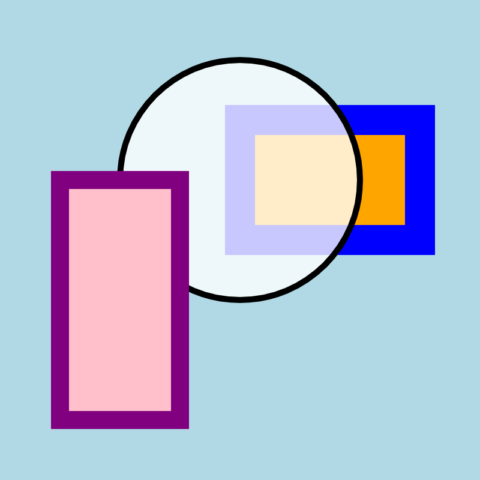In the “10,000 Bowls of Oatmeal Problem,” we face a generator that has many mathematically unique outputs, but the outputs are so ever so slightly different (like 10,000 bowls of oatmeal where each oat is uniquely placed and rotated) that they are no longer perceived as unique to the viewer… they are all mundane, monotonous.
Kate Compton says that just achieving perceptual differentiation is important: the viewer should see the differences in your outputs. However, the more difficult achievement is perceptual uniqueness: the viewer should find each of your outputs unique and interesting.
In the oatmeal problem, even if it is possibly clear that each bowl of oatmeal is different, 10,000 bowls of oatmeal won’t all individually feel fascinating and important. We should strive to make our generators produce meaningful work, not a large quantity of work with muddied and unclear differences.
